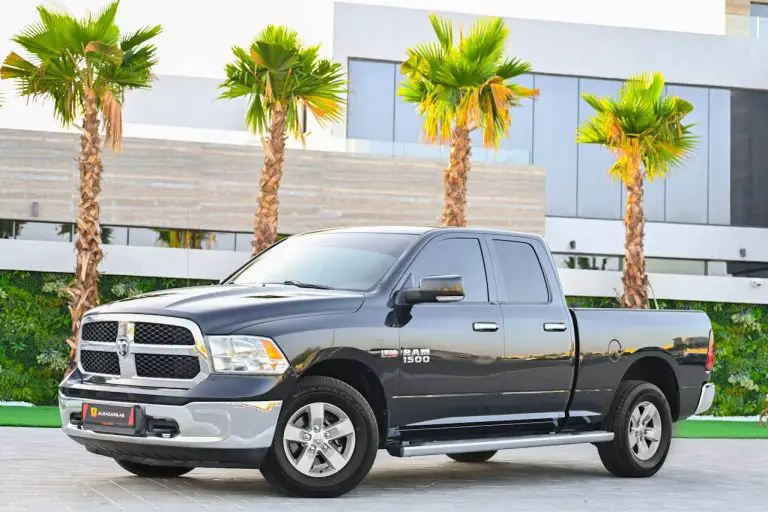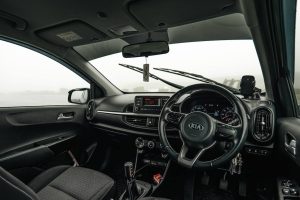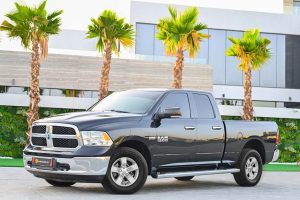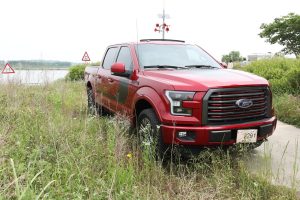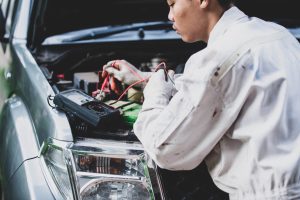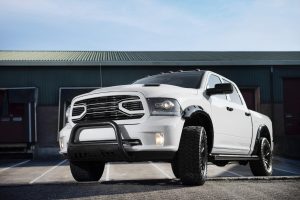If you’re a proud owner of a Dodge Ram 1500, a vehicle known for its rugged reliability, it can be particularly disheartening when you find yourself behind the wheel, eager to hit the road, only to be met with the dreaded situation where turning the key results in nothing more than a click, and your engine remains silent. Before panic sets in, it’s essential to stay calm and understand that the solution may be simpler than you think. This guide will walk you through why your Dodge Ram 1500 Wont Start Just Clicks, and it will help you narrow down the problem like a seasoned mechanic.
Table of Contents
ToggleUnderstanding the Click
When you hear a click but the engine doesn’t turn over, it suggests that your starter solenoid or the actual starter motor is trying to engage, but something is preventing it from doing so successfully. What follows is either silence or the feeble attempt of turning the engine, but without the necessary power. The key (pun intended) is to determine what’s causing this interference and how to fix it.
Reasons Behind Dodge Ram 1500 Wont Start Just Clicks
Dead Battery: The Most Common Culprit
The battery is the heart of your starting system, providing the initial jolt of electricity to the starter motor. If the battery is cold, old, or simply overused, it may not have the necessary charge to start the engine. Here’s what to do:
Diagnosing Your Battery
- Check the battery’s age if available. If it’s well beyond its lifespan, it might be time for a replacement.
- Look for any physical signs of damage or corrosion on the terminals. If found, clean the terminals using a battery terminal cleaning tool or a wire brush.
- Connect a voltmeter to the battery terminals and look for a reading of 12.4 volts or above. Anything lower indicates a need for charging or potential replacement.
Charging or Replacing Your Battery
- If the voltage reading is low, you can jump-start the battery from another vehicle or using a jump starter pack.
- If your battery repeatedly fails to hold a charge, it’s time for a new one. When replacing it, ensure you choose the right type, typically found in the owner’s manual.
Also Read: Dodge Ram won’t Move in any Gear
The Alternator’s Role
Your car’s alternator is responsible for recharging the battery while the engine runs. If it’s failing, the battery will not be charged, and eventually, you’ll find yourself with a dead battery. Here’s what to check:
Diagnosing Your Alternator
- With the engine running, test the alternator output using a voltmeter. You should see readings between 13.8 and 14.8 volts.
- Listen for any unusual noises coming from the engine bay that may indicate a failing alternator, such as a squealing, rattling, or grinding sound.
- Look for any visible signs of damage to the alternator or related wiring, paying special attention to the serpentine belt connected to the alternator pulley.
Replacing Your Alternator
- If you suspect the alternator is the issue, consider having a professional replace it, as it can be a complex job. You can save on labor costs by purchasing the alternator separately.
Starting System Inspection
The starting system comprises several components that work in harmony to fire up your engine. A failure in any one of these could result in a clicking noise when you try to start your vehicle. Here’s what you should look at:
Checking the Starter Motor
- Check for any loose or corroded connections at the starter motor. These can cause a weak connection, leading to the starter clicking but not engaging.
- Inspect the starter motor for physical damage, such as dents, cracks, or signs of excessive wear. If you suspect damage, the starter may need to be replaced.
Examining the Starter Solenoid
- The solenoid is an essential part of the starter system. Make sure its connections are secure, clean, and free from corrosion.
- Use a voltmeter to test for current at the solenoid when the vehicle tries to start. If there’s no power, it might indicate a problem with the ignition switch or a safety interlock, which prevents the starter from engaging in gear.
Other Considerations
Sometimes, the issue may not be with the core starting components, but with peripheral systems that affect the starting process. Here are a couple of issues to consider:
Fuel Delivery
- Ensure your vehicle has enough fuel and that the fuel gauge is functioning correctly.
- A clogged fuel filter or an issue with the fuel pump could result in a lack of fuel reaching the engine, mimicking a dead battery scenario with a no-start condition.
Ignition System
- Problems with the ignition system such as faulty spark plugs, a bad ignition coil, or a damaged ignition control module can cause the engine to misfire or not start.
- Perform a visual inspection of the ignition components and replace them if signs of wear or damage are evident.
Conclusion
The click without a start can be frustrating, but with a methodical approach, you can usually identify and resolve the issue. If you’re not comfortable diagnosing or repairing the issue yourself, it’s always best to consult with a qualified mechanic. Remember, your safety is paramount, so if in doubt, it’s better to seek professional help than to risk further damage to your vehicle or harm to yourself. With this guide, you’re well on your way to becoming a more informed and proactive Dodge Ram owner, and hopefully, you’ll hear the roar of your engine again in no time.

